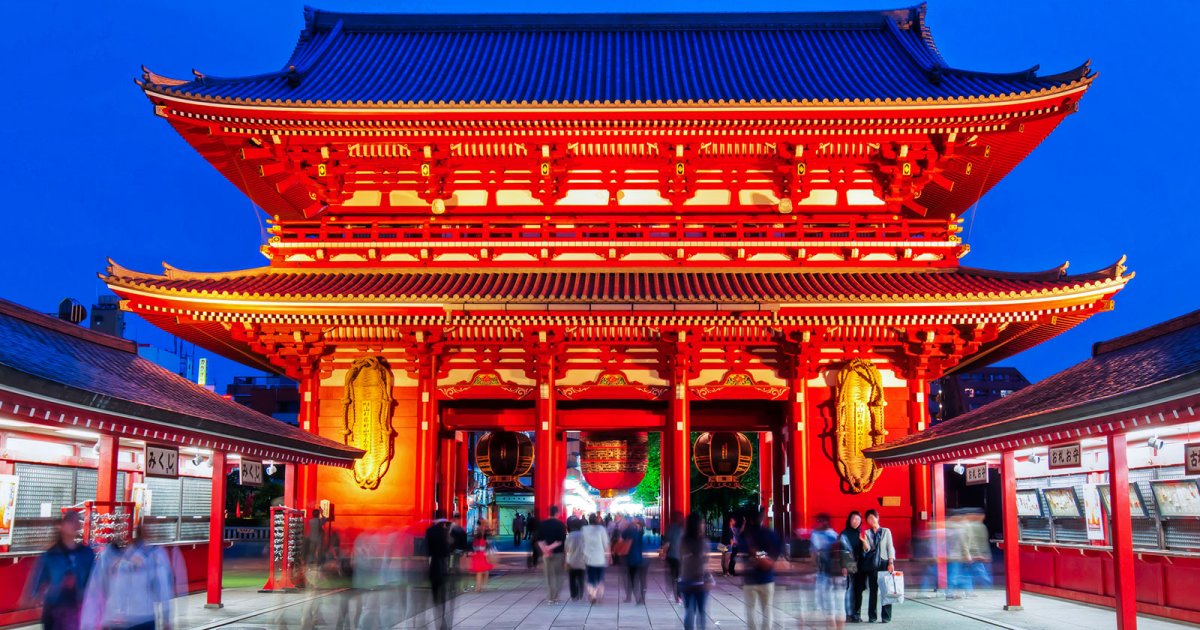SENSO-JI BUDDHIST TEMPLE, Introduction
 Language: English / USA
Language: English / USA
Hi, my name’s Scott, and I’m your personal guide. Along with MyWoWo, I’d like to welcome you to one of the Wonders of the World: Senso-Ji, the most important Buddhist temple in Tokyo.
The Senso-Ji temple is the most widely visited spiritual site in the world, drawing over 30 million visitors a year to Asakusa, one of the oldest neighborhoods in the city.
According to legend, the temple was founded in 645, thanks to two fishermen, the brothers Hinokuma no Hamanari and Hinokuma Takenari, who found a statue of Guanyin, to whom the temple is dedicated, in the Sumida River on March 18th, 628.
The chief of their village, Haji no Nakamoto, recognized the importance of the statue, and kept it in his own home, turning it into a little shrine so the villagers could worship Guanyin.
For those of you not familiar with Buddhism, Guanyin is the name of a female figure that is difficult to pronounce for Westerners, used to describe a spirit illuminated by compassion and mercy.
Since its foundation, the temple has been considered one of the most sacred places in Japan, and has expanded into the magnificent complex of pagodas you can see today, mostly from between the 17th and 18th century, when Tokyo – still called Edo at the time – was the most important city in the empire.
The temple was expanded further when Tokyo became the capital, and in 1890, a tower was built in the western part, containing the first elevator in Japan.
The original temple was built mostly of wood, and it suffered numerous collapses and fires over the years. It was also severely damaged in the Great Kantō earthquake in 1923, and almost razed to the ground by bombing raids during the Second World War. It was then completely rebuilt in reinforced concrete after the war, thanks to numerous private donations. Formerly associated with the Tendai School of Buddhism, it became independent after World War II.
An interesting fact: in the courtyard of the temple, you can see a tree that was struck by a bomb during the 1945 air raids, but which has grown back inside the burnt trunk. It is considered a symbol of the rebirth of the Japanese people and of the temple itself.



